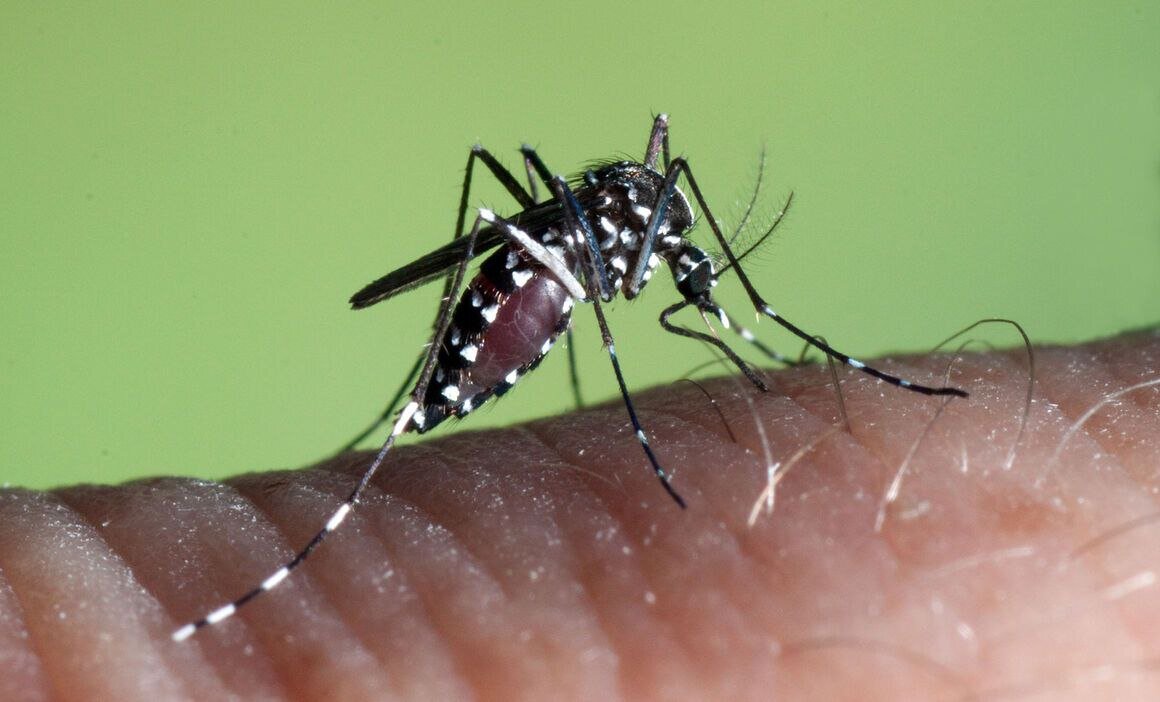Over 870 cases of dengue fever reported

TEHRAN –Since the beginning of the current Iranian year (March 20) till November 30, 875 cases of dengue fever have been diagnosed in the country, according to the health ministry.
Dengue is a viral infection transmitted to humans through the bite of infected mosquitoes.
The total number of locally acquired dengue fever has risen to 677 cases, of which 666 cases were in Chabahar, southeastern Sistan-Baluchestan province, and 11 were in Bandar Lengeh, southern Hormozgan province.
Six patients with dengue fever, infected in Chabahar, were diagnosed in other cities including Isfahan, Shahr-e Kord, Meshkinshahr, and Iranshahr.
Dengue virus is transmitted through the bite of Aedes aegypti and Aedes albopictus mosquitoes. These mosquitoes also transmit Zika and Chikungunya virus.
Dengue disease has different infectious phases, including the fever phase, critical phase, and recovery phase.
Aedes aegypti, and Aedes albopictus have been so far recorded in Hormozgan, Sistan-Baluchestan, Bushehr, Gilan, Mazandaran, Ardebil, Zanjan, Qazvin, and East Azarbaijan provinces, respectively.
Aedes aegypti is a more invasive mosquito that is more common in Iran. Due to the physiology of this mosquito, people in contaminated areas are told to wear clothes that cover most parts of their bodies in the first two hours of the morning and two hours before the evening.
Transmission occurs two days before showing symptoms and two days after the fever.
The disease can spread from mosquitos to humans, from humans to mosquitos, and from humans to humans through blood transfusion, organ transplant, and mother to child in pregnancy.
The lifespan of Aedes is between one to 4 weeks; they take blood meals every 1 – 2 hours, accounting for 40 to 50 meals throughout their lifespan.
About 40 to 80 percent of patients with dengue have mild or no symptoms, by adhering to sanitation practices, dengue fever cases can be reduced by 70 percent.
Chikungunya is also a mosquito-borne viral disease that causes fever and severe joint pain.
The mosquitoes involved are Aedes aegypti and Aedes albopictus, the same species that transmit dengue and zika viruses.
Chikungunya has similar symptoms to dengue. It causes fever and severe joint pain, which is often debilitating and varies in duration; other symptoms include joint swelling, muscle pain, headache, nausea, fatigue and rash.
The health ministry has implemented measures to address the probable increase in infected cases in autumn since a decrease in temperature accompanied by the rains in autumn can contribute to the resurgence of the mosquito density, particularly in the affected areas.
MT/MG
Leave a Comment